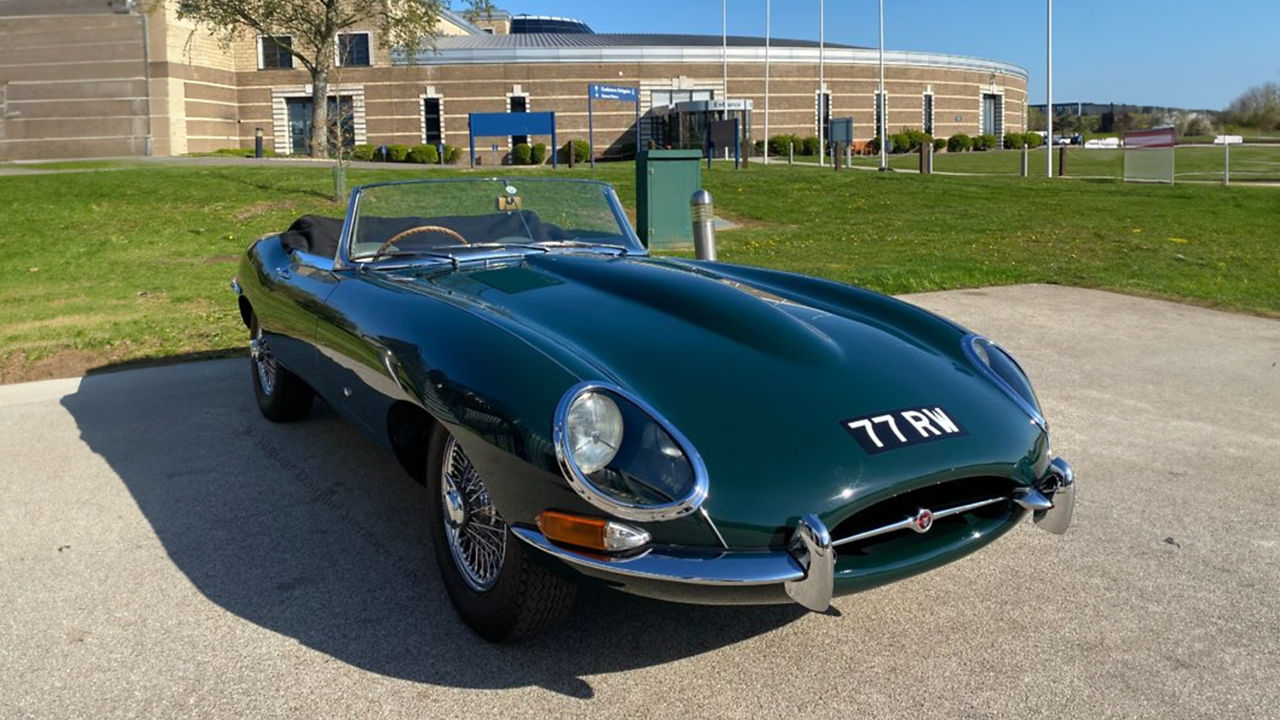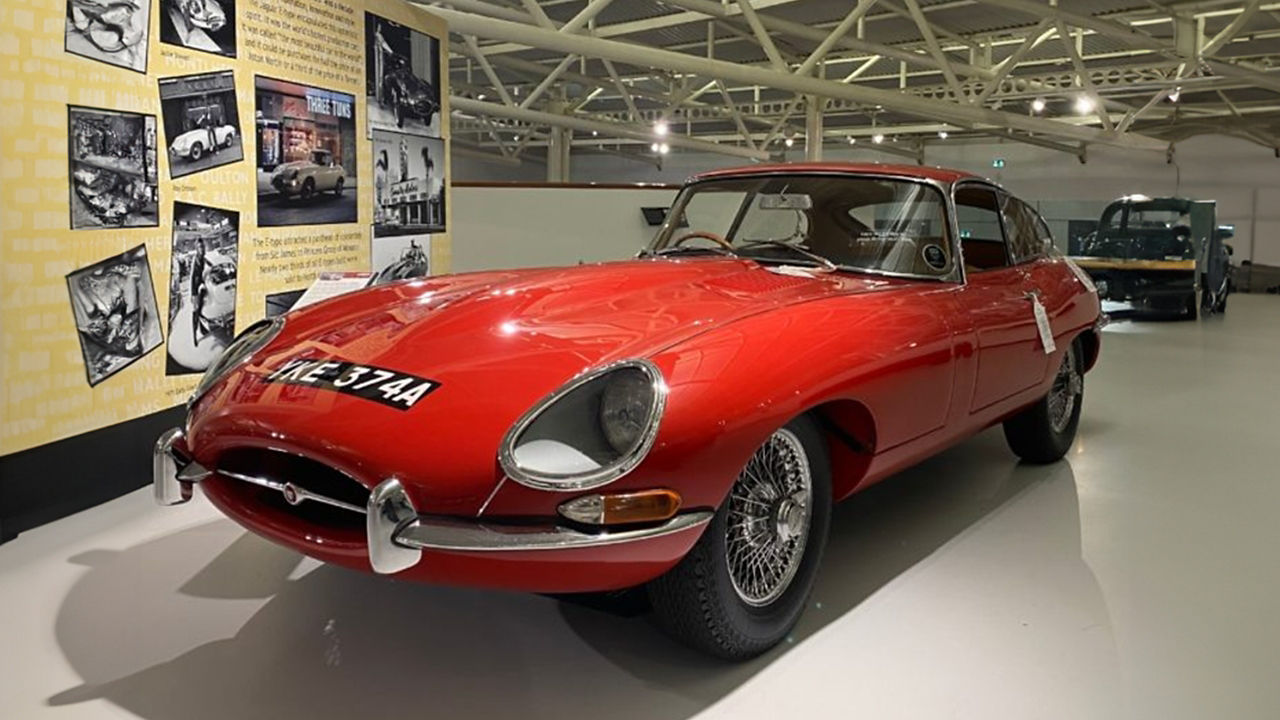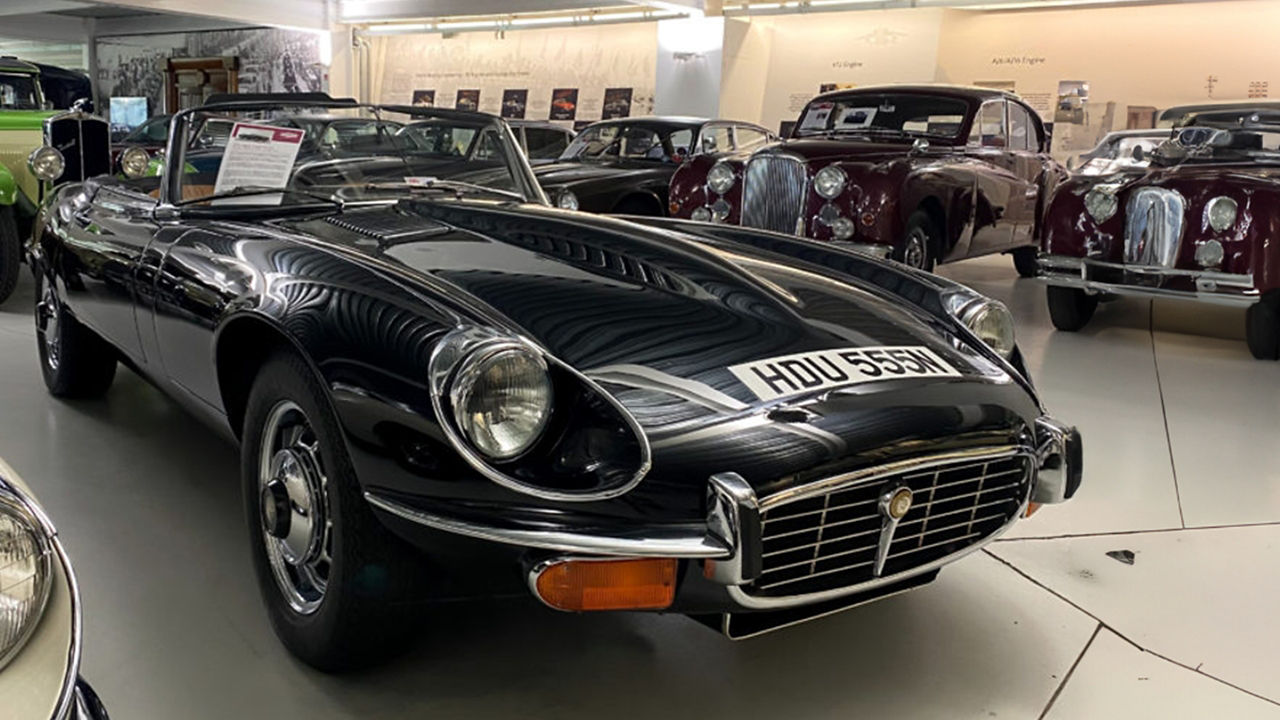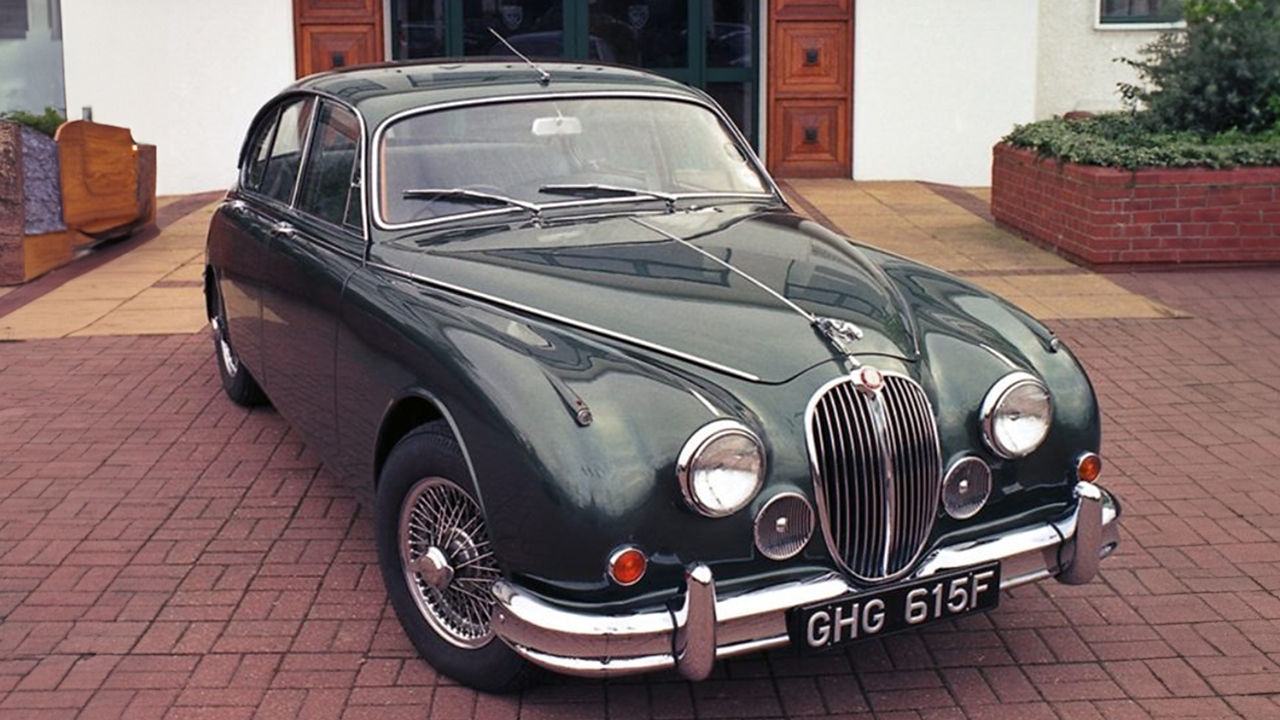THE MARK II AND ‘THE MOST BEAUTIFUL CAR IN THE WORLD’
Jaguar Mark II (1959)
This legendary mid-sized compact saloon was created to improve on the already outstanding MK II. Jaguar completely re-engineered the Mark II from the waistline up. This resulted in 18% more glass to improve visibility and allow more light into the cabin.
Made from 1959 to 1967, the Mark II saloon was the most successful Jaguar model until that time, with total production of 83,701 units of which the 3.8 litre version accounted for 27,848 units. The 3.8 litre engine developed 220 bhp, leading to a top speed of 125 mph (201 km/h), and a 0 to 50 mph (80 km/h) time of 6.4 seconds. This was always considered the most desirable of the Mark II models, especially when fitted with wire wheels and the overdrive gearbox.
The Mark II had a successful competition history in International Touring Car racing, and in rallies. It was driven by Roy Salvadori and Duncan Hamilton amongst others. Always a favourite with Police forces, Mark IIs were often also driven by those on the wrong side of the law! A Mark II was memorably used as a getaway car in the Great Train Robbery in 1963.
By September 1967, Jaguar was rationalising its saloon car range and the existing Mark II models were re-designated as the 240 and the 340. Changes included the fitting of slimmer bumpers as seen on the S-type, and a new design for the hubcaps. The fog and spot lamps were deleted, being replaced by a pair of chromed grilles. Ambla upholstery was standard, with leather as an option.
Production of the 3.8 litre model was discontinued, except for a dozen or so of the 340 models which were fitted with 3.8 litre engines on special requests from customers.
The 340 stayed in production until September 1968, with 2,800 vehicles being produced, whilst the 240 continued until April 1969, with 4,446 vehicles being built.
Afterwards, Jaguar concentrated on the new XJ range, of which a 2.8 litre version was the nearest replacement for the Mark II. The compact Jaguar temporarily passed into history, after total production of almost 146,000 cars of all the different models in the ‘Mark I’ and Mark II ranges from 1955 to 1969. Compact sports saloons were not re-introduced to the Jaguar range until thirty years later, with the S-TYPE in 1998 and the X-TYPE in 2001.

In 1961 the Jaguar E-type turned heads with its electrifying looks and sensational performance. Even Enzo Ferrari proclaimed it ‘The most beautiful car in the world’. It was everything the 60s stood for and became the car of choice for the international jet-set, super models and rock stars alike.
The E-type created a sensation when it was launched at the Geneva Motor Show in March 1961. Here was a beautiful sports car with the promise of a top speed of 150 mph, available for little more than £2,000 in the home market. The open car was the work of aerodynamicist Malcolm Sayer and was derived from his D-type racing car. However, Sir William Lyons insisted that there should also be a fixed-head coupé version of the car. This design was created by Bob Blake and became Sir William’s favourite E-type.
At the Geneva Motor Show in March 1961, two cars served as press demonstrators. One of them was 77 RW, built in February 1961 as the first production open two-seater.
It was famously driven out to Geneva in a dramatic 17 hour overnight run by Norman Dewis, then Jaguar’s Test and Development Engineer. 77 RW shown below is the oldest surviving open E-type.
The E-type was in many ways developed from Jaguar’s successful racing D-type which had won the Le Mans race three times from 1955 to 1957. Originally intended as a racing car, the E-type eventually emerged as a road-going sports and grand touring car, although many E-types also distinguished themselves in motor racing.
Originally the E-type was available either as an open two-seater, or as a fastback fixed head coupé. Both cars shared the same basic structure, a monocoque with a front subframe, and were powered by a 3.8 litre version of the proven Jaguar XK engine, developing 265 bhp.

In 1964 the 3.8 litre engine was replaced by a 4.2 litre version, with uprated brakes, better seating and a Jaguar designed and built gearbox replaced the aged Moss box. Then in 1966 a third option was launched – a 2+2 on a slightly longer wheelbase providing rear seats for two children.
In late 1967, all E-types were modified to comply with the first US safety and emissions regulations which came into force on 1 January 1968, and the resulting interim model has become unofficially known as the ‘Series 1½’. From then on, the E-type lost its headlamp fairings.
Bigger changes were in store for the 1969 models, again due to the influence of US legislation. At the front, much larger side lamps and indicators were re-positioned below the bumper and flanked a larger air intake.
The Jaguar V12 engine had been designed during the early 1960s, by a team of engineers including Walter Hassan, Claude Bailey and later Harry Mundy. In its original form, the engine had twin overhead camshafts per bank, and was intended for the XJ13, the stillborn Le Mans challenger with which Jaguar contemplated a return to racing. While the XJ13 was shelved, Jaguar continued the development of the V12 engine for production cars.
The original 5 litre racing V12 with fuel injection had developed no less than 502 bhp. It was decided to simplify the production engine, by using only a single overhead camshaft per bank. Despite this, in its final 1970 production form the 5.3 litre V12 fitted with four Zenith-Stromberg carburettors still developed 272 bhp.
Although Sir William Lyons was insistent that he wanted the new V12 for the XJ saloon, in a parallel to the 1948 launch of the XK120, it was decided to fit the new engine in a sports car first, and only afterwards in the saloon. The XJ12 saloon was launched in 1972.
Meanwhile, the E-type became the first car to receive the new engine. The Series 3 V12 was launched on 29 March 1971, and had an immediate impact. The top speed as measured in an independent road test was 146 mph (235 km/h; less for US specification cars), which was effectively on a par with the original Series 1 E-type, despite the Series 3 being the bigger and heavier car.
Production of the E-type came to an end in June 1974 with a special run of fifty cars. Forty-nine of these were painted black, while the second last car was British Racing Green and was supplied to a well-known private Jaguar collector. These fifty cars carried a commemorative plaque, bearing a facsimile of Sir William Lyons’s signature.

This car is the very last E-type to be built and was retained by Jaguar from the day it was made. It was built on 12 June 1974 but not registered until 5 February 1975. Ownership was transferred from Jaguar Cars Ltd to the Jaguar Daimler Heritage Trust in September 1983.
Thank you to the Jaguar Daimler Heritage Trust for their support on Jaguar history and photography.

